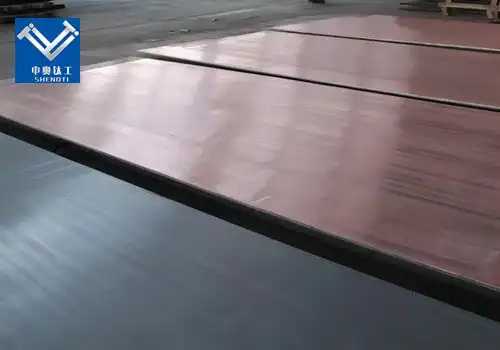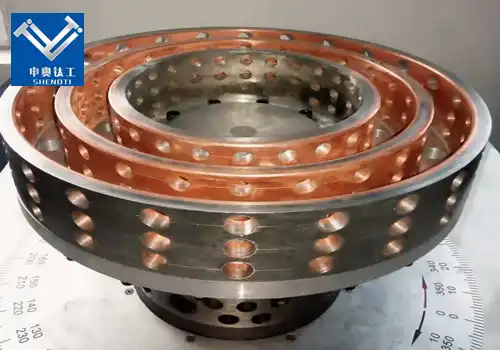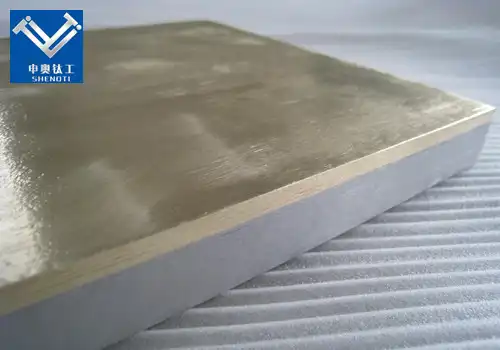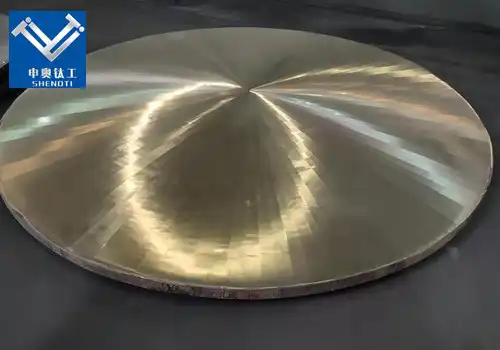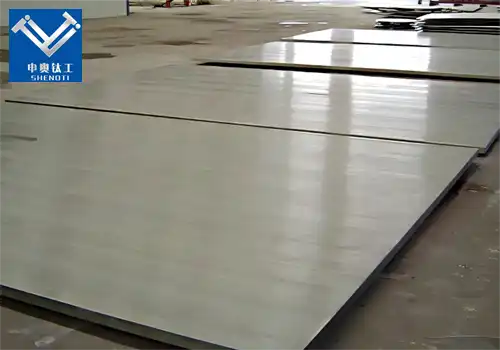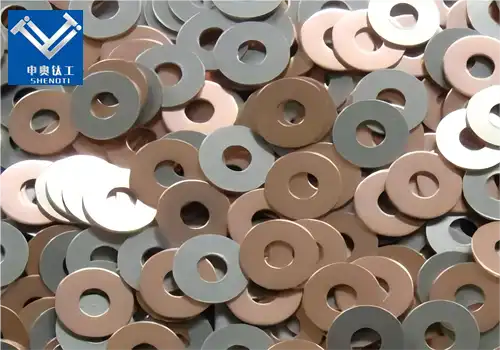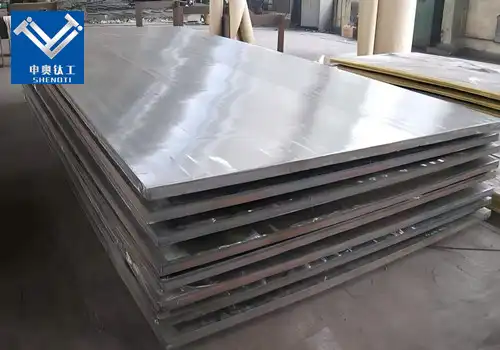
Copper Clad Aluminum Bimetallic Plate for Electrical and Energy Systems: Applications, Advantages, and Global Supplier Guide
2025-06-27 17:02:32
Copper Clad Aluminum Bimetallic Plate for Electrical and Energy Systems: Applications, Advantages, and Global Supplier Guide
Introduction
The copper clad aluminum bimetallic plate is an advanced material solution that integrates the superior electrical conductivity of copper with the lightweight and corrosion-resistant properties of aluminum. This bimetallic combination is increasingly favored in electrical, power transmission, and energy storage applications for its excellent performance and cost efficiency.
What is a Copper Clad Aluminum Bimetallic Plate?
A copper clad aluminum bimetallic plate is formed by bonding a copper layer (usually T2 or TU2) onto an aluminum substrate (such as 1060 or 3003 alloy) through processes like explosion welding, roll bonding, or diffusion bonding. The result is a stable, conductive, and lightweight composite material used extensively in electrical and structural components.
Main Features
- High electrical and thermal conductivity
- Significant weight reduction compared to pure copper
- Superior corrosion and oxidation resistance
- Strong metallurgical bond between copper and aluminum
- Excellent formability and processability
Why Choose Copper Clad Aluminum Bimetal Plate?
1. Cost Efficiency
By reducing the use of expensive copper and replacing part of the volume with lightweight aluminum, copper clad aluminum plates help lower overall material costs without compromising conductivity.
2. Lightweight Design
The reduced weight of aluminum enables lighter product design, especially critical in EV batteries, aerospace, and large-scale energy infrastructure.
3. Enhanced Corrosion Resistance
Aluminum’s natural oxide film, combined with surface treatments, improves corrosion resistance in harsh environments like coastal or industrial zones.
4. Excellent Electrical Performance
The copper layer ensures low electrical resistance, making these plates ideal for conductors, terminals, and grounding systems.
Applications of Copper Clad Aluminum Bimetallic Plate
Power Transmission and Distribution
- Electrical busbars and grounding strips
- Cable lugs and terminals
- Switchgear and transformer components
New Energy and EV Industry
- Battery tabs and connectors
- Transition plates for lithium-ion batteries
- Lightweight battery housing parts
Telecommunication and Electronics
- PCB backplanes and thermal conductors
- EMI shielding covers
- Signal grounding bars
Marine and Industrial Equipment
- Conductive joints for shipboard power
- Corrosion-resistant structural connectors
- Railway and subway grounding units
Manufacturing Methods
Explosion Welding
This process uses controlled explosive force to bond copper and aluminum at a molecular level, producing a wave-shaped interface with excellent strength and durability.
Roll Bonding
Roll bonding involves pressing the metals together under high pressure and temperature to form a continuous clad sheet, ideal for high-volume production with uniform thickness.
Diffusion Bonding
In this method, heat and pressure are applied over time in a vacuum or inert atmosphere to promote atomic diffusion, resulting in a smooth, solid bond between copper and aluminum layers.
Technical Specifications
| Parameter | Value |
|---|---|
| Copper Grade | T2 / TU2 |
| Aluminum Grade | 1060 / 3003 / 5052 |
| Bonding Type | Explosion welding / Roll bonding / Diffusion |
| Total Thickness | 0.5 mm – 20 mm |
| Width Range | Up to 1500 mm |
| Copper Layer Ratio | 10% – 90% |
| Bonding Strength | ≥12 MPa |
| Surface Finish | Polished / Brushed / Oxidized |
FAQs About Copper Clad Aluminum Bimetallic Plates
Q1: Can copper clad aluminum plates be welded?
Yes, they can be welded using bimetal-compatible methods such as friction welding or ultrasonic welding for joints and terminals.
Q2: Are these plates suitable for high-current applications?
Absolutely. The copper surface ensures excellent conductivity, making them ideal for busbars and power modules.
Q3: What is the service life of copper aluminum bimetallic plates?
With proper bonding and surface treatment, service life can exceed 20 years even in challenging environments.
How to Select a Copper Clad Aluminum Plate Supplier
- Look for expertise in bimetal bonding technologies
- Request material certifications and test reports
- Ensure availability of custom sizes and layer ratios
- Evaluate delivery capacity and technical support
About Baoji ShenAo Metal Materials Co., Ltd.
As a professional manufacturer of bimetallic and clad metal solutions, Baoji ShenAo provides high-quality copper clad aluminum plates with advanced bonding technology and strict quality control. Our products are used across power, energy, marine, and automotive industries worldwide.
- 15+ years of experience in copper-aluminum bonding
- Explosion welding, roll bonding, and diffusion options
- Custom production and OEM/ODM services
- Fast global delivery and technical support
Contact Us
Ready to explore copper clad aluminum bimetallic plates for your project? Contact us for free consultation, samples, and quotations.
Email: zh@baojiti.com.cn
Website: shenaocladplate.com
Conclusion
Copper clad aluminum bimetallic plates represent the future of efficient, lightweight, and cost-effective conductive materials. With wide applications in energy, electronics, and marine systems, they offer an ideal balance of performance and price for modern industry needs.
YOU MAY LIKE











